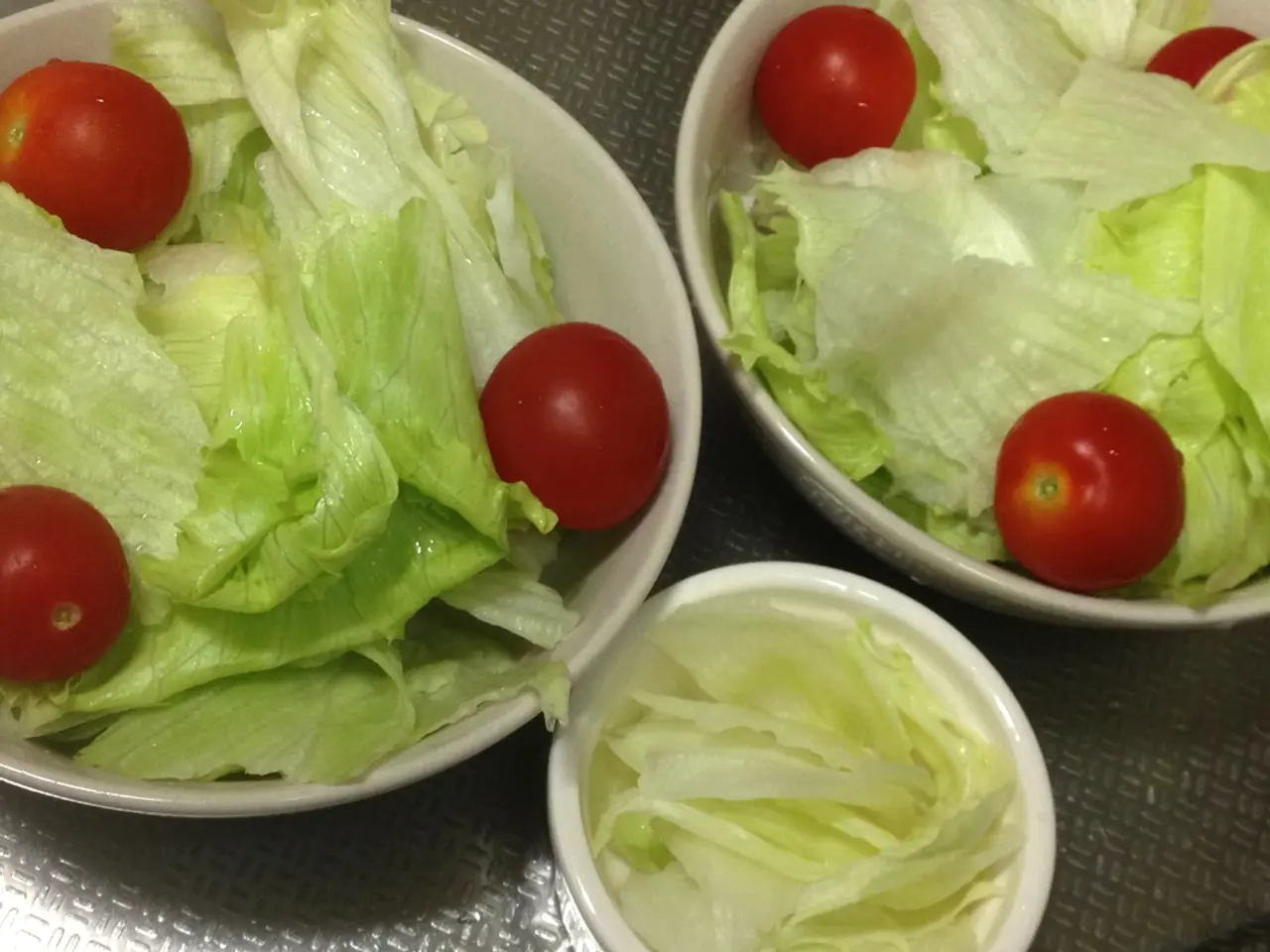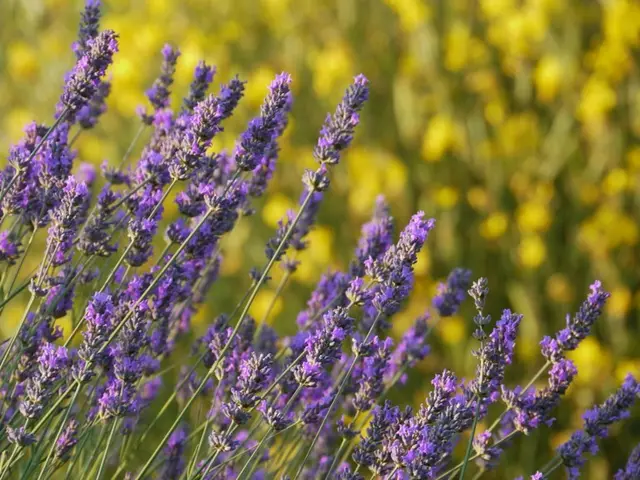Guidance for Growing Zucchini in the UK: Comprehensive Gardening Instructions
In the heart of summer, there's nothing quite like the joy of harvesting fresh, homegrown courgettes from your very own garden. This article offers a comprehensive guide for UK home gardeners on how to grow courgettes successfully, providing high yields of versatile and nutritious vegetables.
To set the stage for a bountiful crop, courgettes should be planted in well-drained, nutrient-rich soil in a sunny, sheltered location during late spring or early summer. Consistent moisture without waterlogging is essential, so keep the soil moist, especially during flowering and fruiting stages. Sow seeds 1-2 cm deep, spacing plants about 60 cm apart to allow airflow, and thin seedlings early for optimal growth. Protect plants from early frosts with cloches or fleece, especially in northern or exposed areas.
Key techniques for successful courgette cultivation include enriching the soil with compost to improve fertility and drainage, sowing seeds outdoors after the frost risk passes (usually from late May), or starting indoors 3-4 weeks earlier to transplant later. Regular watering, proper spacing, and protection from the elements are all crucial components of a thriving courgette garden.
Harvesting courgettes promptly when they reach 15-20 cm in length encourages continued production. Cut rather than tear to avoid plant damage and promote ongoing fruiting. For extended harvests, consider succession planting by sowing new seeds every 2-3 weeks until mid-July.
Growing courgettes at home in the UK offers numerous benefits. High yields of versatile, nutritious vegetables rich in vitamins and fiber are just the beginning. Courgettes are a relatively fast-growing crop suitable for summer harvests, making them an excellent choice for those with limited spaces, such as containers or raised beds. They encourage outdoor activity and sustainable eating habits, offering unmatched freshness and quality.
Seasonal requirements for growing courgettes include sowing from late spring (May) in the UK, ideally after the last frost. Crops mature in about 6-8 weeks, with harvesting typically from mid-summer into early autumn. In cooler or northern UK areas, starting indoors can extend the growing season. Maintain warmth and avoid waterlogged conditions; courgettes prefer sunny and sheltered spots.
Crop rotation, companion planting, and mulching are essential practices for maintaining soil fertility and reducing pest build-up. Rotating courgettes with other vegetable families like brassicas or legumes improves soil health and reduces the need for chemical fertilisers. Companion planting with herbs like basil and oregano helps repel pests and adds culinary value to the garden. Interplanting courgettes with radishes deters vine borers, whilst marigolds are renowned for repelling nematodes.
Homegrown courgettes are free from harmful residues, making them safe for family consumption. Choosing to cultivate courgettes offers substantial cost-saving benefits, as they're easy to grow from seeds and don't require special equipment or tools. The satisfaction of successfully learning to grow courgettes and harvesting fresh produce from your own garden is unmatched by any shop-bought alternative.
In conclusion, growing courgettes in the UK is a rewarding and productive endeavour. By following these guidelines, UK home gardeners can enjoy a bountiful crop of fresh, nutritious courgettes this summer. Happy gardening!
- To amplify the nutritional value of the harvested courgettes, incorporate them into healthy and ethical recipes for a more balanced lifestyle.
- By growing courgettes at home, you not only reap the health benefits but also contribute to a more sustainable home-and-garden lifestyle.
- With courgettes being versatile vegetables, experimenting with different cooking methods and ingredients can reveal a world of flavorful, healthy food options.
- Gardening practices such as crop rotation, companion planting, and mulching can help gardeners maintain healthy soil and minimize the use of chemical pesticides.
- In addition to harvesting homegrown courgettes, try your hand at gardening activities like composting and water conservation to further enhance your cultivation efforts.
- As you savor the fruit of your labor, don't forget that a thriving courgette garden can serve as a sanctuary for other beneficial insects, promoting a balanced and flourishing backyard ecosystem.




